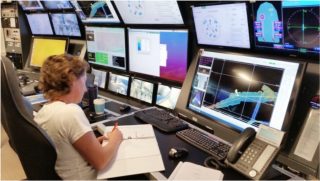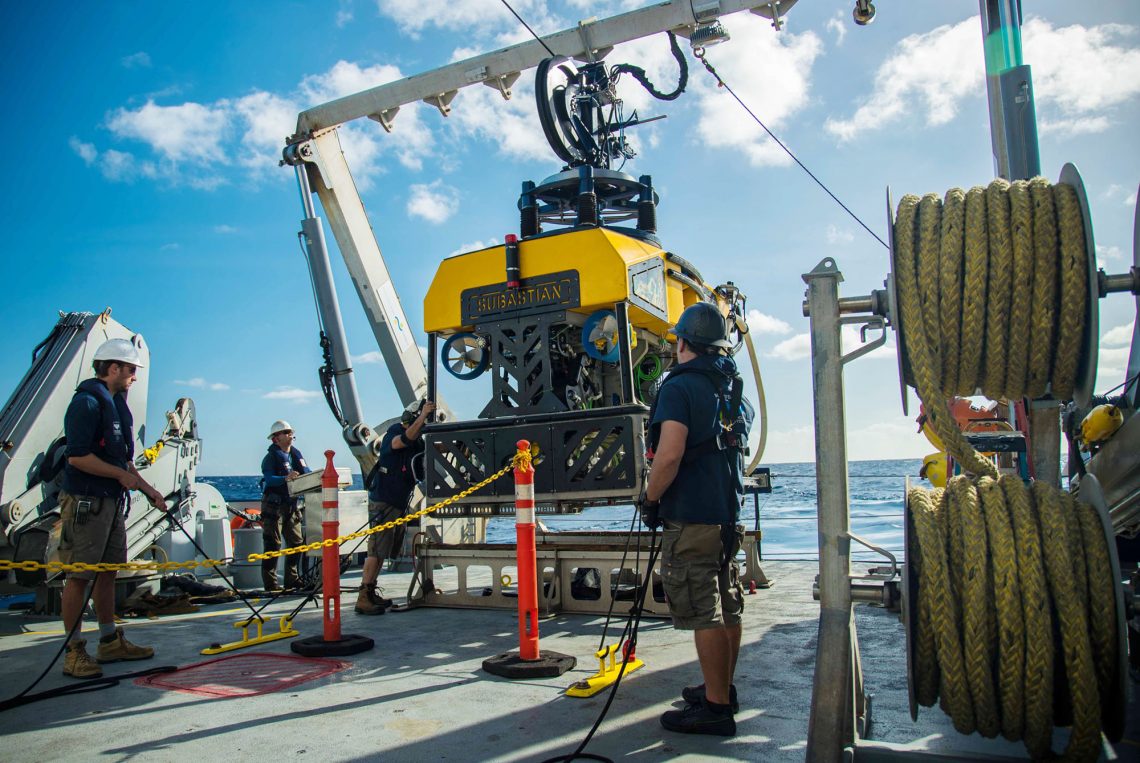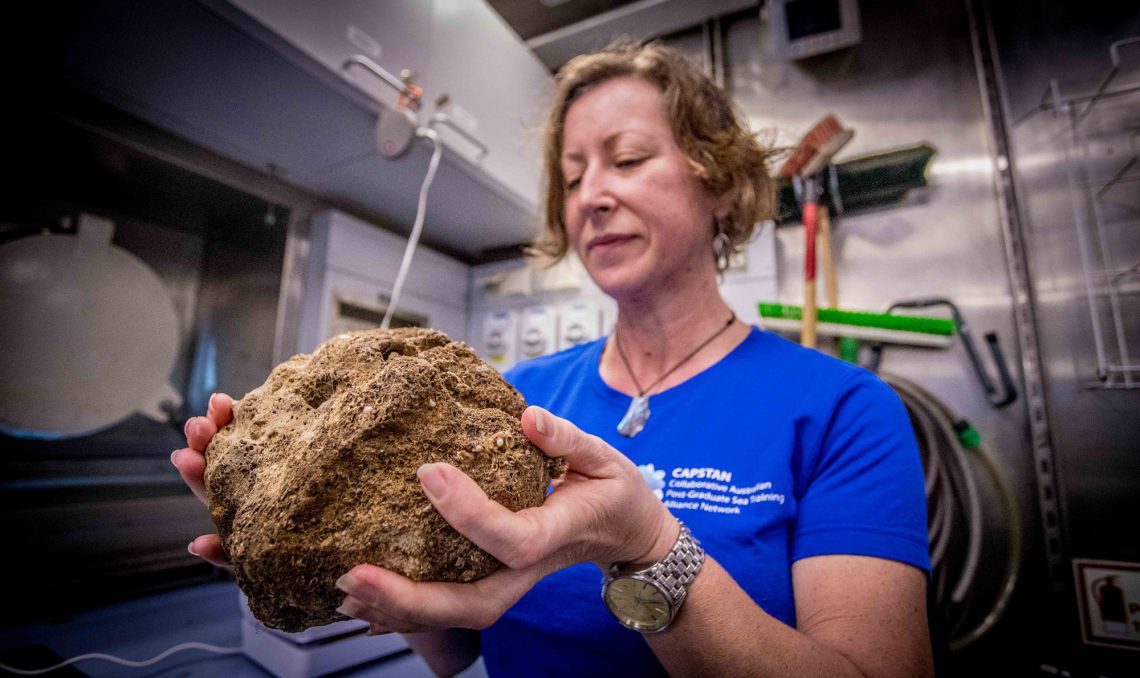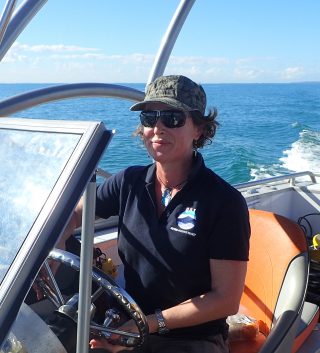There is a saying: “When opportunity knocks, let it in”. In 2017, I was fortunate to be selected as a Schmidt Ocean Institute Student Opportunity Participant on an R/V Falkor voyage to the Hawaiian Main Islands. The Student Opportunity program provides a platform for undergraduate and graduate students to take part in seagoing research projects. Students from any discipline relating to ocean sciences can apply, from anywhere in the world.

My name is Mardi McNeil, and I am a marine geoscientist at the Queensland University of Technology Brisbane, and Geocoastal Research Group at The University of Sydney, Australia. My research interest is in limestone reef rocks and sediments, and the biogenic organisms that build them over geological timescales. As a student participant in 2017, the Schmidt Ocean Institute supported my travel from Australia to Hawaii, where I joined the Unravelling Ancient Sea Level Secrets voyage with scientists from The University of Hawaii. We mapped and sampled from the drowned coral reefs around 130m below present-day sea level to extract fossil coral reef rocks that were later used for geochemical analysis to understand the timing and rates of past sea level rise. On that voyage I participated in the geophysical multibeam seafloor mapping and sidescan sonar data collection and processing. At the time, I had just started my PhD in marine carbonate sedimentology, and that was my first blue-water research voyage.

Since that first voyage in 2017, I have built on those experiences and the skills that I learned to plan and execute my own field research, and join other voyages including on Australia’s Marine National Facility vessel R/V Investigator on the CAPSTAN training program. Now I am almost at the end of my PhD program, and here I am on RV Falkor once again – this time as a full member of the science party. Another opportunity opened up for me to join this voyage to the “Seamounts, Canyons and Reefs of the Coral Sea” expedition, once again exploring deep coral reefs and the secrets that they hold. The main objectives for this voyage are to understand the biodiversity supported by these large-scale deep features and the role they may play as refuges for coral and other biological communities in a warming ocean.
My focus on this voyage is to sample the geological specimens that form the foundations of these ecological habitats. We will collect samples of limestone reef rocks, sand, and mud to characterise the nature of the different substrates that support biological communities. After the voyage, the rock samples will be analysed for their chemical characteristics, and this will inform us about ocean conditions in the geological past when these ancient limestone rocks were once part of the living reef community.

It is so important that organisations like Schmidt Ocean Institute and others continue to provide these types of opportunities for students to experience science at sea, to build their skills, and develop relevant experiences for their future careers. I encourage anyone interested in pursuing any field of ocean sciences to look out for these types of opportunities. Geographical location needn’t be a barrier. If there are not any opportunities in your home country, look further afield to international institutions. Check out their voyage schedules, and if there are not formal programs like the SOI’s Student Opportunities Program, do not be shy – get in touch with Chief Scientists, introduce yourself, and ask whether there is space available in the science party for you to join.
The next exciting ocean science opportunity could be yours.

